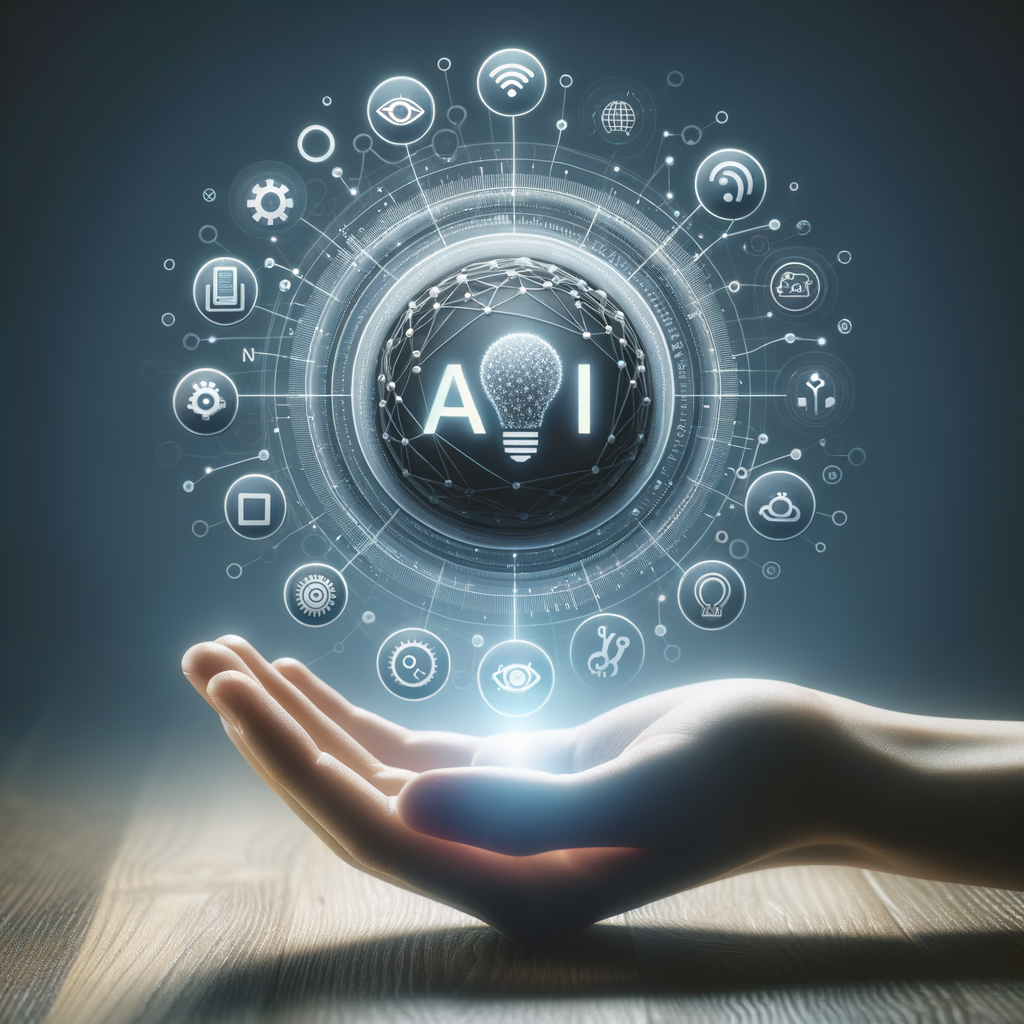
Decoding the Synergy of AI and IoT: Pioneering the Next Wave of Innovation
Explore the transformative power of integrating Artificial Intelligence with the Internet of Things. This blog delves into how AIoT is reshaping industries, enhancing automation, and driving efficiency in smart ecosystems. Uncover strategies, use cases, and future trends that illustrate the potential of this powerful technological synergy.
Introduction
In recent years, the confluence of Artificial Intelligence (AI) and the Internet of Things (IoT), often referred to as AIoT, has emerged as a revolutionary force in the tech landscape. This integration promises to redefine the capabilities of smart devices and systems by combining the decision-making prowess of AI with the interconnected nature of IoT. This synergy not only enhances the functionality of traditional IoT networks but also paves the way for new avenues of innovation, efficiency, and automation.
The Concept of AIoT
AIoT represents the merger of two pivotal technological advancements: AI, which includes machine learning, neural networks, and sophisticated pattern recognition; and IoT, encompassing interconnected devices that communicate over the internet. By embedding AI capabilities in IoT devices, organizations can significantly enhance data processing, decision-making, and predictive analytics, creating a more dynamic and responsive smart ecosystem.
Key Benefits of AIoT
-
Enhanced Data Analysis: With AI algorithms, IoT devices can analyze vast datasets more effectively, identifying patterns, anomalies, and insights that were previously undetectable.
-
Proactive Decision Making: AIoT systems can autonomously make decisions based on real-time data, improving response times and reducing human intervention.
-
Increased Operational Efficiency: By automating routine tasks and optimizing resource use, AIoT helps streamline operations and reduce costs across various sectors such as manufacturing, healthcare, and logistics.
-
Improved User Experience: Personalization and adaptability in smart devices lead to better user experiences, making interactions more intuitive and effective.
Real-World Applications of AIoT
1. Smart Cities
AIoT is integral to the development of smart cities, where interconnected systems manage energy consumption, transportation, and public safety. AI enables real-time monitoring and control, ensuring efficient urban management.
2. Healthcare
In healthcare, AIoT enhances patient monitoring and personalized treatment. Wearable devices equipped with AI provide continuous health tracking and early detection of medical conditions.
3. Industrial Automation
Manufacturing industries benefit from AIoT through predictive maintenance and quality control, reducing downtimes and improving product consistency and safety.
4. Retail
In retail, AIoT systems optimize inventory management, personalize customer interactions, and streamline supply chain processes.
Challenges and Considerations
Despite its advantages, deploying AIoT faces challenges such as data privacy concerns, the need for robust cybersecurity measures, and the integration of legacy systems. Addressing these issues is crucial for the widespread adoption of AIoT solutions.
Future Trends
The evolution of AIoT is likely to see advancements in edge computing, where AI processes data locally on IoT devices rather than relying entirely on cloud infrastructure. This shift will further enhance speed, efficiency, and security of smart systems.
Additionally, the integration of AIoT with emerging technologies like 5G and blockchain promises to unlock new functionalities and applications, ensuring the continuous evolution of AIoT technologies.
Conclusion
AIoT stands at the forefront of a new technological era, transforming the way industries operate and contributing to a smarter, more connected world. As the technology continues to mature, embracing its potential while navigating its challenges will be key to unlocking unprecedented innovation and efficiency.